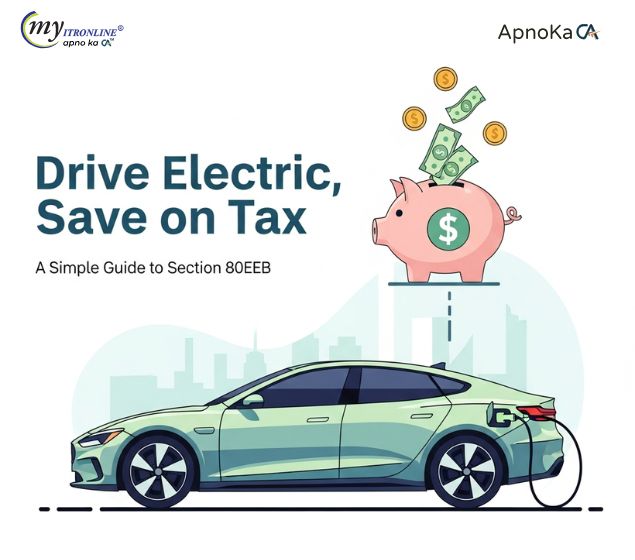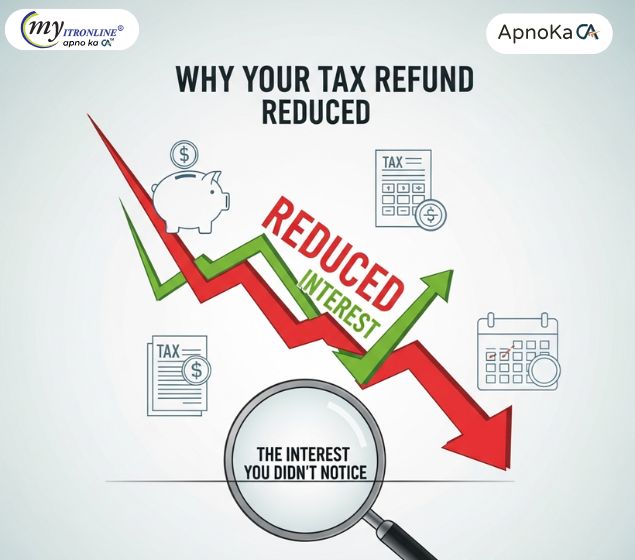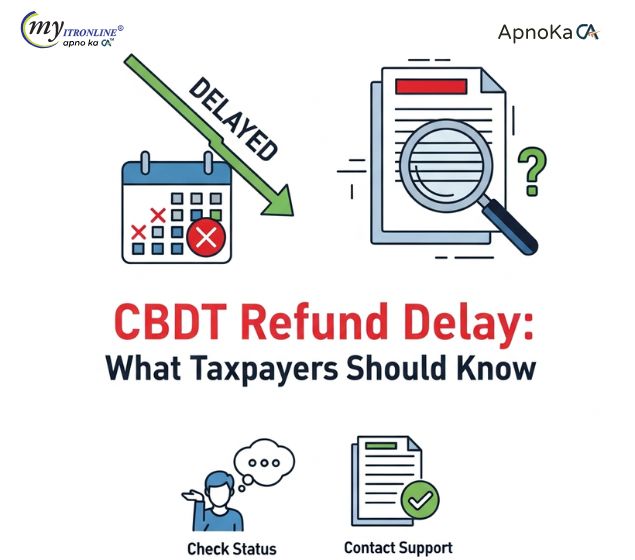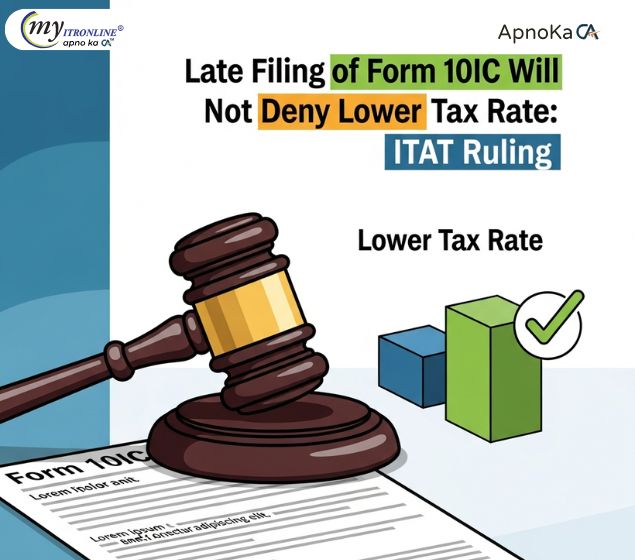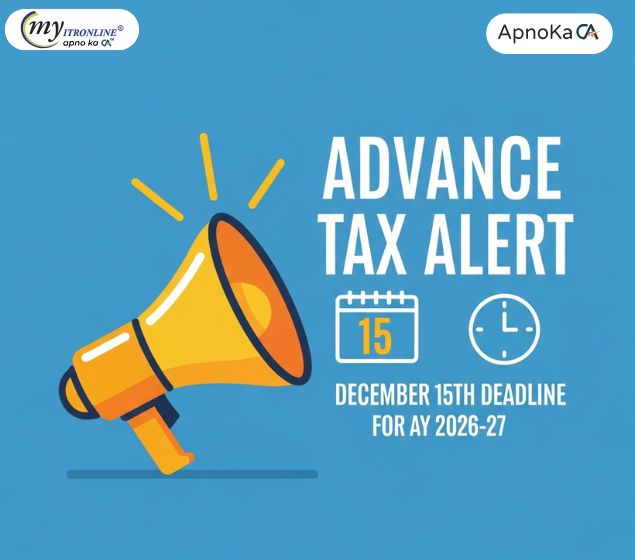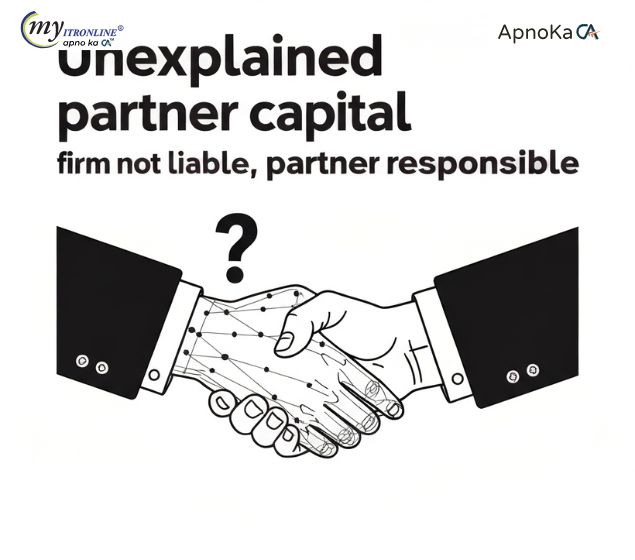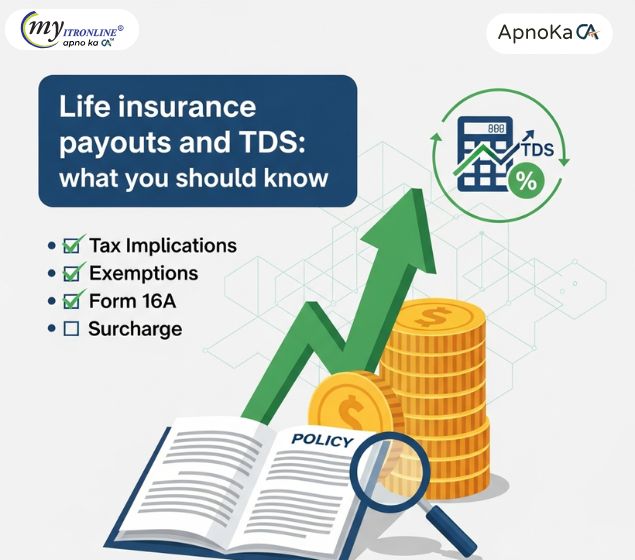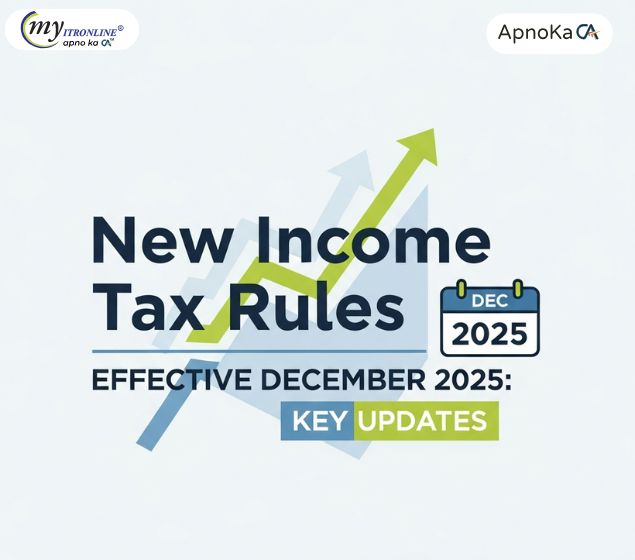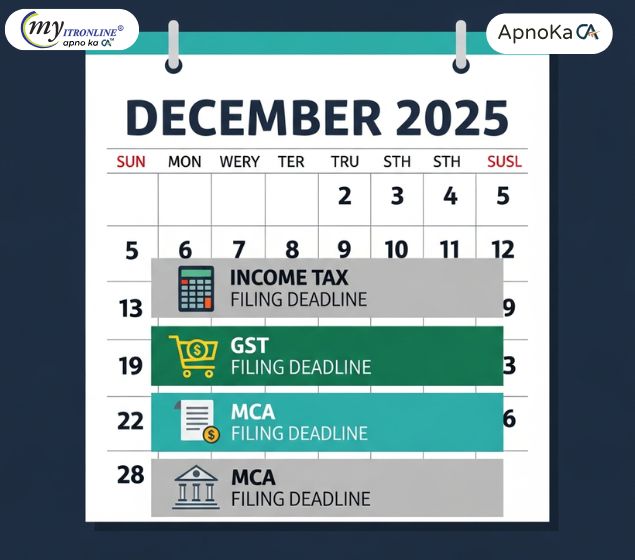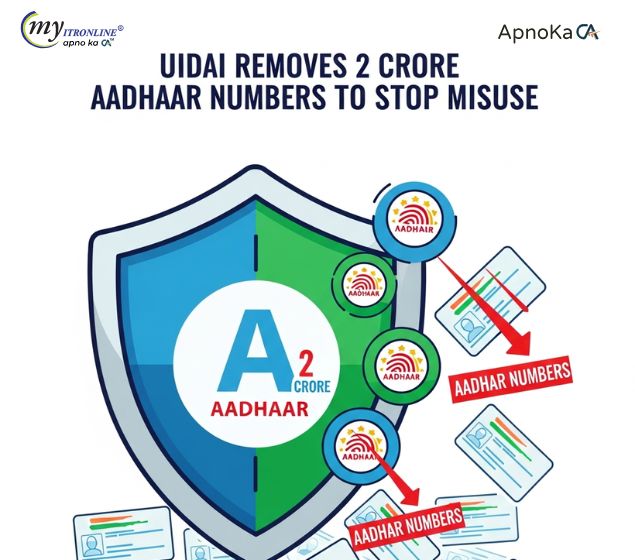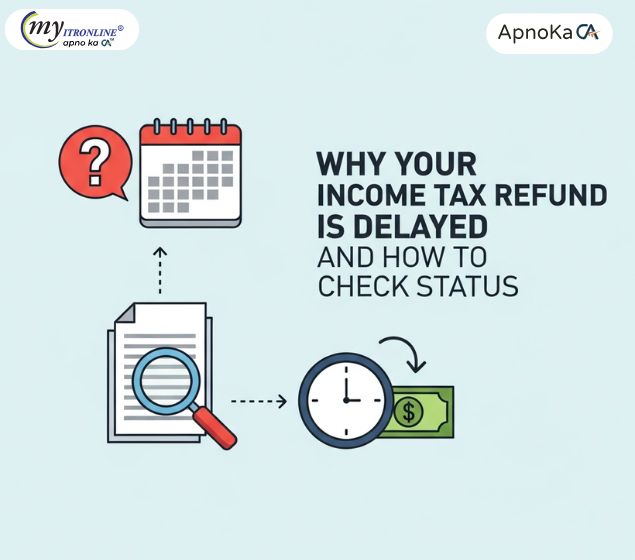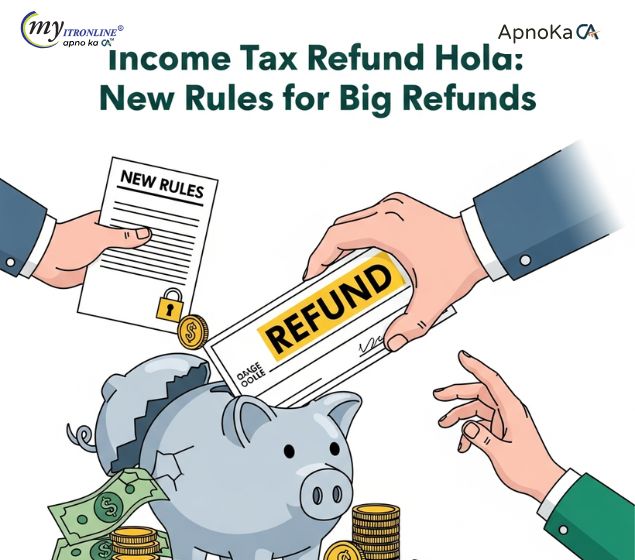Unlock Tax Savings: Your Guide to Sections 54 & 54F for Property Sales
Discover how Sections 54 and 54F of the Indian Income Tax Act provide crucial tax exemptions on Long-Term Capital Gains from property sales. This comprehensive guide covers the latest rules for 2025, including the new ₹10 Crore cap and the two-house option under Section 54, offering practical examples and a step-by-step plan for effective tax planning.
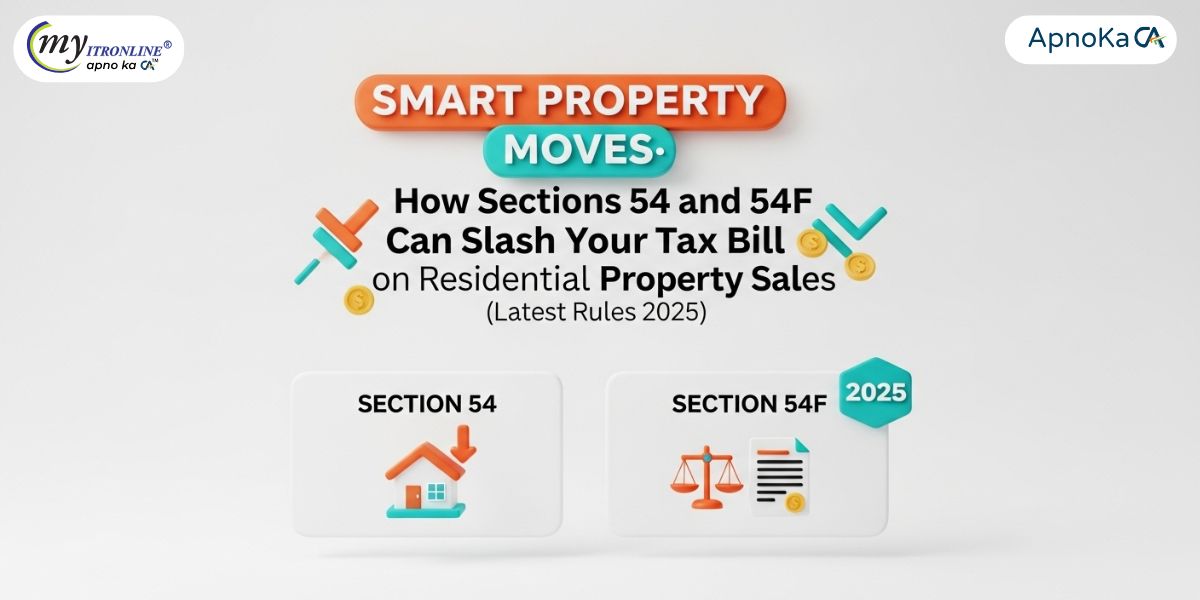
Selling a property can feel like a big win. You receive a lump sum, a nice payday. But without some careful planning, a portion of that money could quickly go to Long-Term Capital Gains (LTCG) tax. Nobody wants that.
The good news is that Indian tax law offers two excellent options, Section 54 and Section 54F. These can greatly reduce or even completely eliminate your LTCG tax when you reinvest your sale proceeds into a new home. Think of them as your tax-saving tools for property sales.
This guide will cover everything you need to know, including the latest updates for 2025, real-life examples, and how to plan effectively.
What Are Sections 54 and 54F?
Let’s break them down simply:
| Section | Applies To | What It Lets You Do |
|---|---|---|
| Section 54 | When you sell a long-term residential house property. | You can avoid paying all or part of the LTCG tax if you buy or build another residential house within specific time limits. It’s like swapping your old house for a new one without the tax! |
| Section 54F | When you sell any other long-term asset (not a house) – like land, a commercial shop, shares, mutual funds, etc. | You can save on LTCG tax from selling these assets, provided you reinvest the sale money into a new residential house. The tax saving depends on how much of the sale money you reinvest. |
What's New? Key Changes You Must Know (for AY 2024-25 / FY 2023-24 onwards)
Tax laws can change, so it’s important to stay updated. Here’s what’s new for 2025:
- The ₹10 Crore Cap: This is significant. Starting April 1, 2023, for the tax year 2024-25, the maximum cost of the new home that qualifies for tax exemption under both Sections 54 and 54F is ₹10 crores. If you spend more than this on your new house, the amount over ₹10 crores won’t count for the tax break. So, if your dream home costs ₹12 crores, only ₹10 crores will help you save on taxes.
- Two Houses Option (Under Section 54 Only): If the capital gain from selling your old house is ₹2 crores or less, you now have a great choice! You can invest in two residential houses instead of just one to claim your exemption. But remember, this is a one-time option. Choose wisely.
- "One Residential House" Clarified by Courts: Good news for those who might own multiple floors in the same building. Courts have often stated that this can still count as "one residential house property" for Section 54F purposes. This allows for some flexibility.
Essential Rules for Claiming These Exemptions
These sections come with rules, and following them is vital for effective tax savings!
Under Section 54 (Selling Your Old Home):
- What you sold: Must be a residential house you owned for more than 24 months (a "long-term" asset).
- Who can claim: Only individuals (like you and me) and Hindu Undivided Families (HUFs).
- Reinvestment deadline: You must buy your new home 1 year before or 2 years after selling your old one. If you build, construction must be completed within 3 years of the sale.
- Don’t sell too soon! If you sell the new house within 3 years of purchasing or building it, the tax exemption you received earlier will be canceled, and it will be added back to your taxable income.
- Remember the ₹10 Crore Cap: Only costs up to ₹10 crores of your new house will count for the exemption.
Under Section 54F (Selling Anything Else & Buying a Home):
- What you sold: Can be any long-term asset (like land, commercial property, stocks, gold, etc.) but not a residential house.
- Existing homes rule: Important! On the day you sell your asset (e.g., your plot of land), you must own no more than one residential house (besides the new one you're planning to buy).
- Reinvestment deadline: Same as Section 54 – you must buy within 1 year before or 2 years after, or construct within 3 years.
- How the exemption is calculated: This is a bit different. It’s not just about the capital gain. The exemption is proportionate to how much of your total sale money is put into the new house.
- Formula: Exemption = LTCG × (Amount invested in new residential house ÷ Total sale value of your old asset).
- Remember the ₹10 Crore Cap: Again, the maximum cost of the new house counted for exemption is ₹10 crores.
- Don’t sell too soon! Just like Section 54, if you sell the new house within 3 years, the exemption is canceled and becomes taxable.
Let's Look at Some Examples
These examples will clarify things!
Example 1: Using Section 54 (You sold your house)
- You sold your old house for: ₹2.5 crores
- Your LTCG (profit after indexation): ₹1 crore
- You bought a new house for: ₹1.5 crores (within the deadline)
- Calculation: The exemption is the lower of your LTCG (₹1 crore) or the cost of the new house (₹1.5 crores).
- Exemption: ₹1 crore
- Taxable LTCG: ₹0 (You saved tax on the entire ₹1 crore!)
Example 2: Using Section 54F (You sold something else, bought a house)
- You sold a commercial property for: ₹5 crores (this is your "net consideration")
- Your LTCG from this sale: ₹1.5 crores
- You reinvested into a new residential house for: ₹3 crores (within the deadline)
- Calculation: Using the formula: Exemption = LTCG × (Amount invested ÷ Net consideration)
- Exemption = ₹1.5 crores × (₹3 crores ÷ ₹5 crores) = ₹90 lakh
- Taxable LTCG = ₹1.5 crores - ₹90 lakh = ₹60 lakh (You still saved a good amount!)
Common Traps to Avoid!
It's easy to make small errors that can be costly. Be aware of these:
| Mistake | Risk / Consequence |
|---|---|
| Missing the buying/building deadline | No exemption for you! If you used CGAS, the funds become taxable. |
| Owning too many houses for Section 54F | If you own more than one house (other than the new one) on the sale date, you're disqualified from Section 54F. |
| Selling the new house too quickly | If you sell the new property within 3 years, the tax you saved earlier will return as taxable income. |
| Forgetting the ₹10 crore cap | If your new house costs ₹15 crores, only ₹10 crores helps you save tax. The extra ₹5 crores is ignored for exemption. |
| Not keeping proper records | If the tax department asks, you need proof! Without it, your claim might be rejected. |
Which Section Should You Use?
- Use Section 54: If you sold a residential house.
- Use Section 54F: If you sold anything else – land, shares, gold, commercial property, etc. – and want to buy a residential house.
- Special Case: If your LTCG is ₹2 crores or less and you're claiming under Section 54, consider investing in two houses (remember, this is a one-time option!).
Good news for NRIs: Non-Resident Indians can also claim these exemptions! Just make sure you follow all the timelines and understand any specific TDS (Tax Deducted at Source) rules that may apply.
Your Step-by-Step Plan to Claiming Smoothly
- Check your holding period: Before you sell, ensure the asset has been held long enough (more than 24 months for property) to qualify as "long-term."
- Plan your reinvestment: Don’t wait until the last moment! Know when you must buy or build to meet the deadlines.
- Calculate carefully: Consider the new ₹10 crore cap and, if applicable, the two-house option for Section 54.
- Consider the Capital Gains Account Scheme (CGAS): If you sell your asset but haven't found or finished your new home before the tax filing deadline, deposit the necessary funds in a CGAS account at a bank. This keeps your tax exemption valid until you can use the money for the new house within the 2 or 3-year window.
- Document EVERYTHING: Keep all your paperwork safe – old sale deed, new purchase/construction receipts, bank statements, registration papers, etc.
- Hold that new property: Ensure you don’t sell your new house for at least 3 years to keep your tax benefit.
Final Thoughts
Sections 54 and 54F are powerful tax-saving tools. With the latest changes, a little planning can go a long way. If you're thinking about selling property or other assets, take the time to calculate, invest wisely, and gather all your documentation. A bit of preparation today could save you a lot in taxes tomorrow!
FILING YOUR INCOME TAX RETURN F.Y 2024-25 (A.Y. 2025-2026) WITH MYITRONLINE
The income tax filing deadline is right around the corner. If you haven’t filed yet, do it today with Myitronline! Avoid last minute rush and file your tax return today on MYITRONLINE in Just 5 mins.(www.myitronline.com)
If you are looking for eCA assistance to file your income tax return/ GST, you can opt for MYITRONLINE eCA assisted plan starting
Upload Salary Individual Form-16
If you have any questions with filing your tax return, please reply to this mail. info@myitronline.com OR call 9971055886,8130309886.
Note-All the aforementioned information in the article is taken from authentic resources and has been published after moderation. Any change in the information other than fact must be believed as a human error. For queries mail us at marketing@myitronline.com
Krishna Gopal Varshney
An editor at apnokacaKrishna Gopal Varshney, Founder & CEO of Myitronline Global Services Private Limited at Delhi. A dedicated and tireless Expert Service Provider for the clients seeking tax filing assistance and all other essential requirements associated with Business/Professional establishment. Connect to us and let us give the Best Support to make you a Success. Visit our website for latest Business News and IT Updates.
Leave a reply
Your email address will not be published. Required fields are marked *Share this article
Krishna Gopal Varshney, Founder & CEO of Myitronline Global Services Private Limited at Delhi. A dedicated and tireless Expert Service Provider for the clients seeking tax filing assistance and all other essential requirements associated with Business/Professional establishment. Connect to us and let us give the Best Support to make you a Success. Visit our website for latest Business News and IT Updates.
View articles








